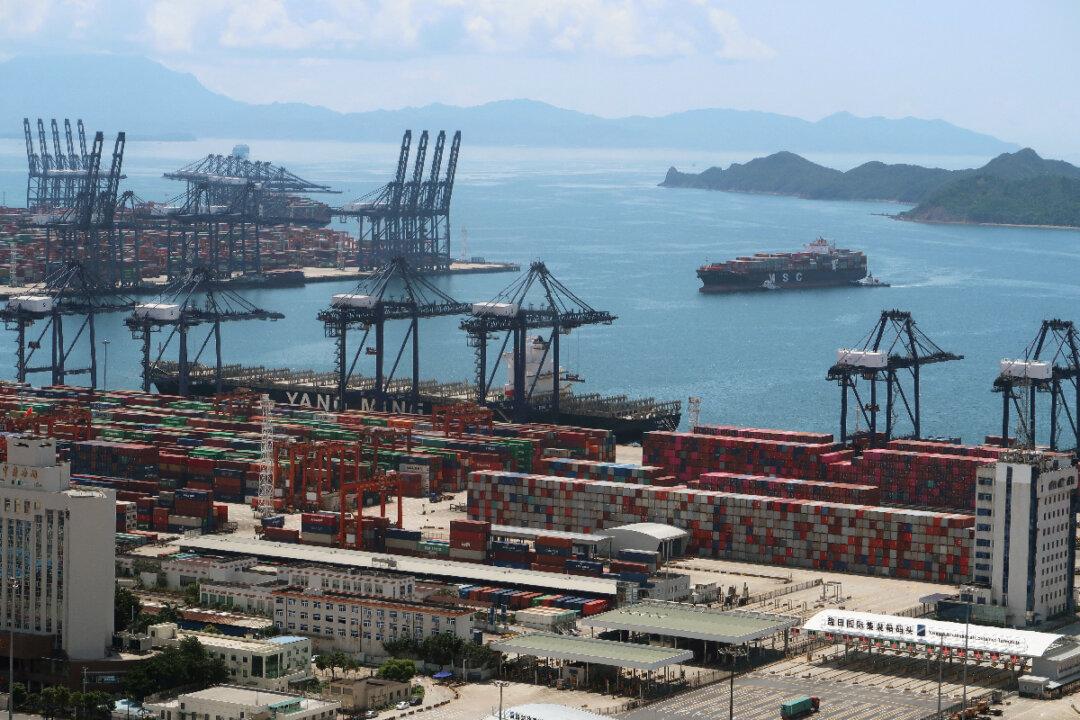Commentary
My tour of China with Australian journalists in 1981 concluded with a tour of the Shenzhen Free Trade Zone—which at that stage was little more than a mass of concrete being laid by the Australian company CSR.

My tour of China with Australian journalists in 1981 concluded with a tour of the Shenzhen Free Trade Zone—which at that stage was little more than a mass of concrete being laid by the Australian company CSR.